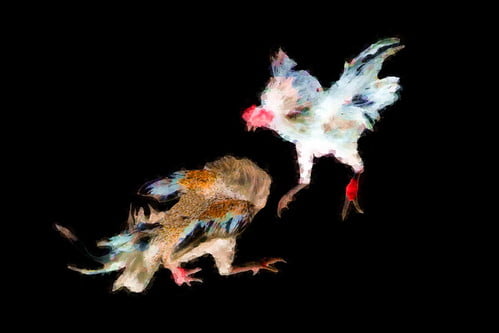The Philippines is a country rich in history and culture, and its art is no exception. From ancient artifacts to contemporary masterpieces, Philippine art reflects the country’s diverse influences and unique heritage.
One of the most notable aspects of Philippine art is its blend of indigenous, colonial, and modern influences. The traditional art forms of the Philippines have been shaped by centuries of interaction with neighboring cultures, such as China, India, and Spain. This blending of influences can be seen in the vibrant colors, intricate patterns, and diverse subject matter of Philippine art.
One of the earliest known forms of Philippine art is the intricate pottery and artifacts that have been found in archaeological sites throughout the country. These artifacts reflect the skill and craftsmanship of the early inhabitants of the Philippines, who created beautiful works of art using simple tools and materials.
During the colonial period, Philippine art was heavily influenced by Spanish and Catholic traditions. Religious subjects became a popular theme in Philippine art, with artists creating elaborate sculptures, paintings, and altarpieces to decorate churches and religious buildings.
One of the most famous examples of Spanish-influenced Philippine art is the retablo, a decorative altarpiece that features intricate carvings and paintings of saints and religious figures. Retablos can be found in many churches throughout the Philippines and are considered important cultural treasures.
In the 19th century, Filipino artists began to rebel against the strictures of colonial art and started to develop their own unique style. This period saw the emergence of artists such as Juan Luna and Felix Resurreccion Hidalgo, who gained international recognition for their work.
In the 20th century, Philippine art continued to evolve, with artists experimenting with new styles and techniques. One of the most influential artists of this period was Fernando Amorsolo, known for his vibrant and pastoral paintings of rural life in the Philippines.
Today, Philippine art continues to thrive, with a new generation of artists creating innovative and thought-provoking works. Contemporary Filipino artists such as Elmer Borlongan, Ronald Ventura, and Marina Cruz are gaining recognition both locally and internationally for their unique perspectives and artistic vision.
Exploring the rich history of Philippine art is a fascinating journey that reveals the country’s cultural richness and diversity. From ancient artifacts to contemporary masterpieces, Philippine art is a reflection of the country’s unique heritage and creative spirit.







